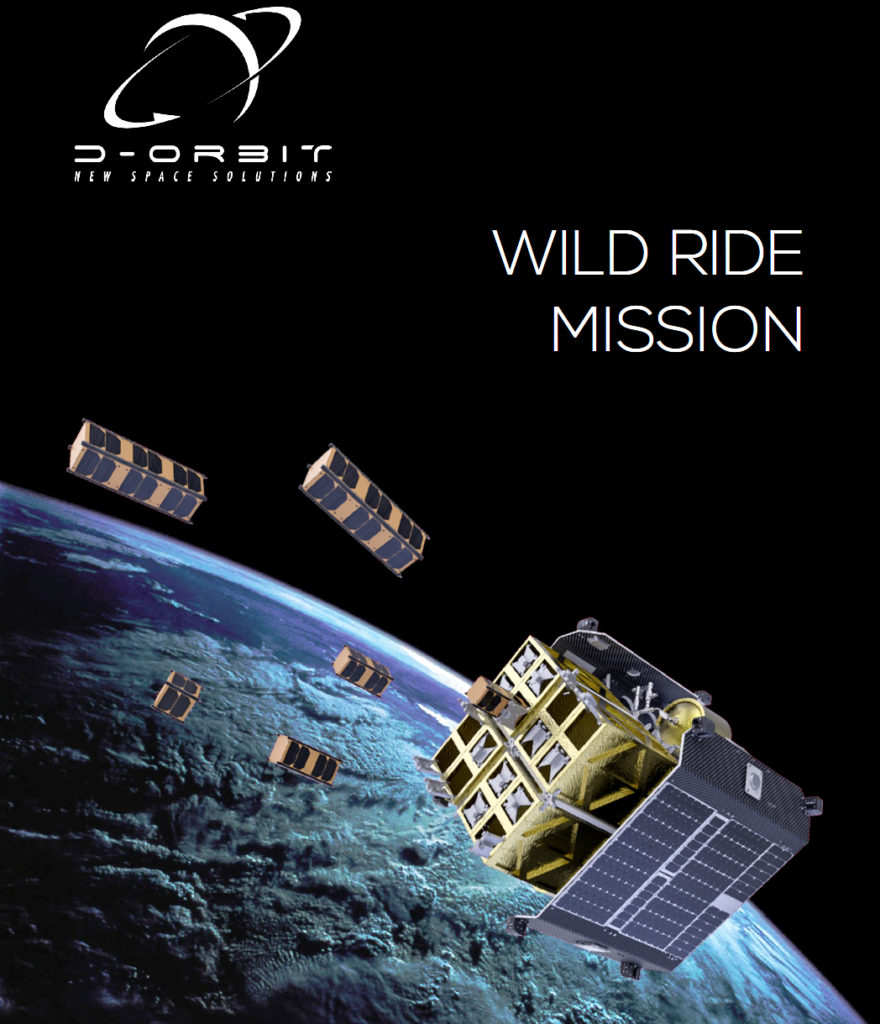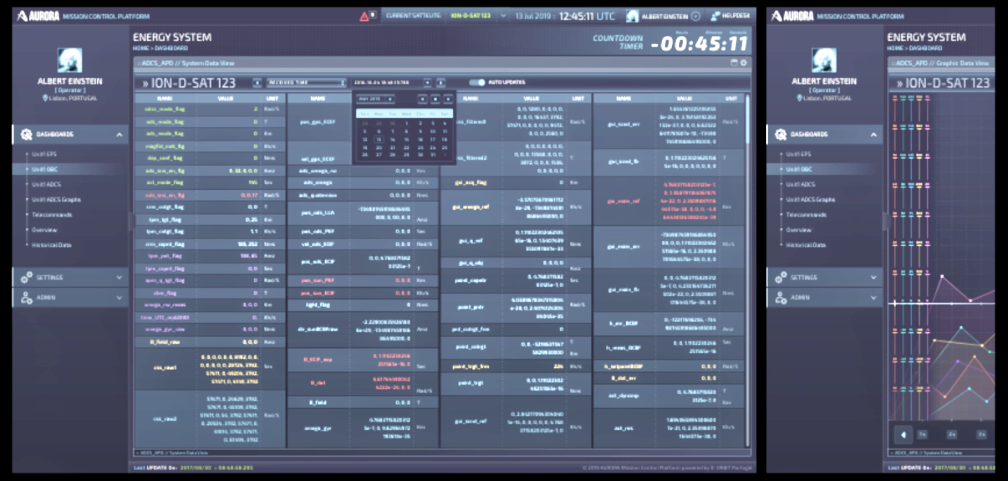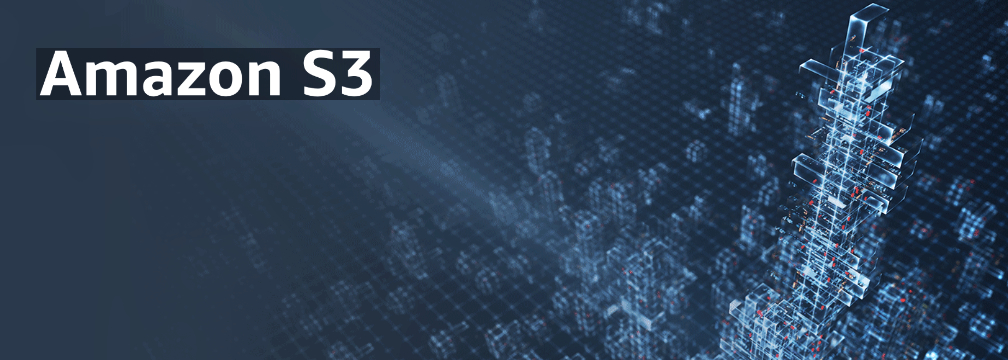
D-Orbit has integrated AWS Ground Station with D-Orbit’s AURORA cloud-based mission control software, using the AWS Ground Station to power AURORA, manage increasingly complex missions for D-Orbit’s ION Satellite Carrier (such as the on-going PULSE mission) as well as strengthen the D-Orbit space transportation and logistics infrastructure.

D-Orbit also plans to use AWS Ground Station with Aurora to communicate with its WILD RIDE mission, launched on June 30, and with D-Orbit’s future fleet. Together, D-Orbit and AWS accelerate smallsat use cases such as Earth Observation (EO), global telecommunications or space logistics. AWS Ground Station enables customers to downlink data and efficiently control satellite communications across multiple regions, process data, and scale operations without having to worry about building or managing their own ground station infrastructure, and to pay only for the actual antenna time used.

D-Orbit’s AURORA mission control software reduces mission costs by turning the unpredictable expenses connected to software design, development, testing, deployment, and maintenance to a recurrent, predictable cost. D-Orbit’s cloud-based AURORA software is accessible through standard web browsers on multiple devices and includes all the tools needed to monitor and control a spacecraft, uplink commands, and downlink and process satellite data.

The collaboration between D-Orbit and AWS gives satellite operators access to an expanded network of satellite ground stations and facilitates the ingest of satellite data into the cloud with AWS. Customers can control their missions and securely downlink and process increasingly large amounts of satellite data using AWS services in AWS Global Infrastructure regions for real-time data processing, storage, and analysis.
For this integration, AWS Professional Services designed and built out a fully automated solution that enables reliable and seamless bi-directional communications between D-Orbit’s satellites on-orbit and their AURORA mission operations software in the cloud with AWS. The solution uses AWS Ground Station and an open-source Software Defined Radio (SDR) that is hosted on Amazon Elastic Compute Cloud instances.
Using AWS Ground Station, D-Orbit customers can immediately access AWS storage, compute, and analytics services, such as Amazon S3, for storing the downloaded data; Amazon Kinesis Data Streams, for managing data ingestion from satellites; and Amazon SageMaker for building custom machine learning models that can be applied to a wide variety of data sets.

“AWS Ground Station integration within our AURORA mission control software is essential to managing and conducting increasingly complex missions for customer payloads on our ION Satellite Carriers. The synergy between AURORA and AWS helps mission controllers monitor and control payloads through AWS’s extensive network of ground stations, downlink and process their satellite data faster and more cost effectively, and easily integrate the data into cloud based applications. AURORA is fleet or constellation ready, and AWS Ground Station enables D-Orbit to leverage that capability with global coverage,” said Bruno Carvalho, Vice President of Business Development for D-Orbit.

